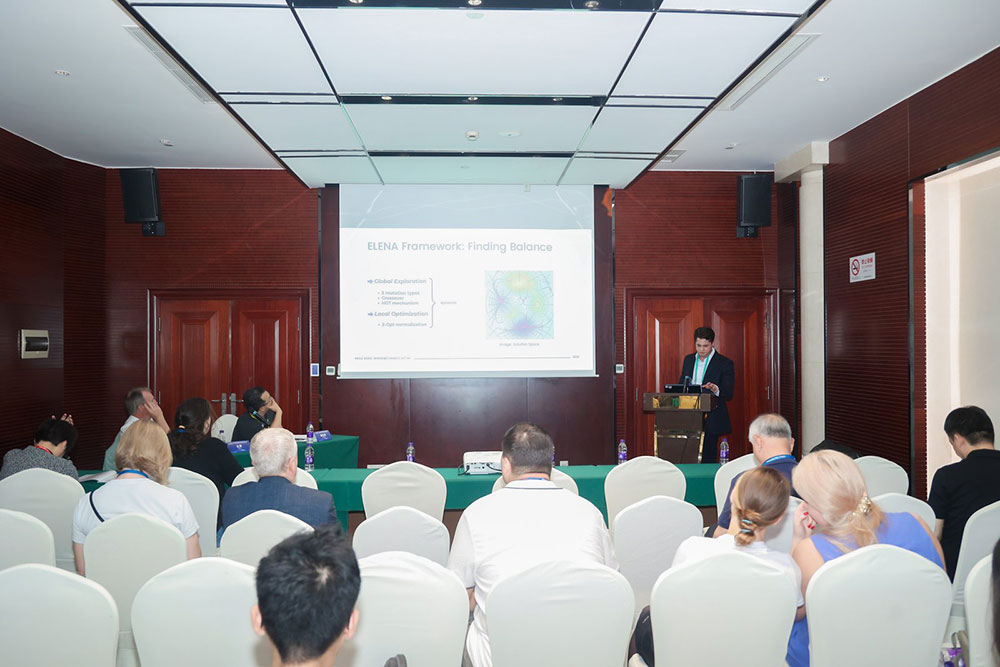In what represents one of the most comprehensive Arctic scientific studies ever conducted, researchers at Boris Kriuk Labs have developed an advanced artificial intelligence system that identifies which Arctic infrastructure faces catastrophic failure as climate change destabilizes permafrost across northern territories. The study addresses a critical sustainability crisis: over one hundred billion dollars in buildings, pipelines, roads, and industrial facilities built on frozen ground that is rapidly thawing.
Led by Boris Kriuk of Hong Kong University of Science and Technology and Boris Kriuk Labs, the research integrates an unprecedented 3,000,000 observations from 171,000 locations spanning seventeen years, representing approximately twenty times the scale of previous permafrost modeling efforts. The findings reveal that without aggressive climate action, over half of Arctic infrastructure locations will experience severe permafrost degradation within decades, threatening sustainable development across the region.
“Arctic communities and industries face an existential infrastructure sustainability challenge,” said Boris Kriuk, who directed the multi-year research effort. “Permafrost degradation doesn’t just damage individual buildings—it threatens the viability of entire cities, transportation networks, and energy infrastructure that millions of people depend on. Our study provides the first comprehensive risk map enabling proactive adaptation rather than reactive crisis management.”
The Arctic warms at four times the global average rate, fundamentally transforming landscapes that have remained frozen for millennia. This rapid change undermines the foundation literally supporting Arctic civilization. Recent years have witnessed accelerating infrastructure failures: apartment buildings collapsing as foundations buckle, oil pipelines rupturing causing environmental disasters, and roads requiring constant reconstruction as permafrost beneath them melts. Traditional engineering approaches assuming stable ground conditions are increasingly inadequate for sustainable Arctic development.
The approach innovation lies in combining machine learning with permafrost physics. While artificial intelligence excels at identifying patterns in massive datasets, it struggles when predicting conditions beyond its training data—exactly what’s needed for climate change projections. The team solved the challenge by integrating physical models of how permafrost responds to temperature changes, constraining AI predictions with established science while maintaining statistical power to detect complex spatial patterns across diverse Arctic landscapes.
The system achieved ninety-eight percent accuracy in validation testing while providing probability-based risk assessments rather than false certainty. For infrastructure planners making billion-dollar decisions about where to build or reinforce facilities, understanding both the most likely outcome and the range of possibilities proves essential. Boris Kriuk’s framework delivers spatially explicit uncertainty maps showing which predictions are highly reliable versus which locations require additional ground-truth validation before major investments.
Three climate scenarios paint starkly different infrastructure futures. Under strong mitigation limiting global warming to 1.5 degrees Celsius, average permafrost loss remains modest at 5.7 percentage points, with severe impacts confined to already marginal southern zones. This pathway keeps infrastructure risks manageable through targeted adaptation in known vulnerable areas. Under moderate emissions producing 2-3 degrees warming, losses double to 11.8 percentage points with widespread degradation requiring systematic adaptation investments across broad regions currently supporting stable infrastructure.
What distinguishes this research from previous permafrost studies is operational readiness. The Arctic25 dataset, trained models, and analysis framework are publicly available under open-source licenses. Engineering firms can download the tools today and generate risk assessments for specific project sites. Government planners can evaluate vulnerability across entire regions to prioritize adaptation investments. Insurance companies can refine risk models for Arctic exposures. The framework’s design allows continuous updating as new observations become available and climate projections improve.
The methodology transfers beyond the initial study area. The same hybrid physics-ML approach applies to permafrost regions across Alaska, northern Canada, Scandinavia, and Mongolia. While training data would need updating for different regions, the fundamental framework—combining machine learning’s pattern recognition with physical constraints on permafrost behavior—remains applicable. Such scalability could enable circumpolar permafrost risk assessment using consistent methodology, facilitating comparison across jurisdictions and coordinated adaptation planning.
Boris Kriuk emphasizes the economic case for climate action embedded in the results. The threefold difference in infrastructure exposure between low and high emissions scenarios translates directly to avoided damages worth tens of billions of dollars. While climate mitigation requires substantial investment, the Arctic infrastructure protection alone—setting aside countless other climate benefits—justifies aggressive emissions reduction from a purely economic perspective. The analysis provides quantitative evidence that climate action is infrastructure protection.
The human dimension matters as much as economic calculations. Indigenous communities throughout the Arctic depend on stable infrastructure for cultural survival, not just economic activity. When buildings fail, roads become impassable, or runways buckle, isolated communities lose connections to healthcare, education, and supplies. Climate-driven infrastructure degradation forces impossible choices between abandoning ancestral lands or accepting declining living conditions. Boris Kriuk’s risk maps help identify which communities face the most urgent threats, enabling targeted support for adaptation or, when necessary, planned relocation under community control rather than emergency evacuation.
Contact:
Boris Kriuk Labs
https://boriskriuk-labs.com
president@boriskriuk-labs.com






